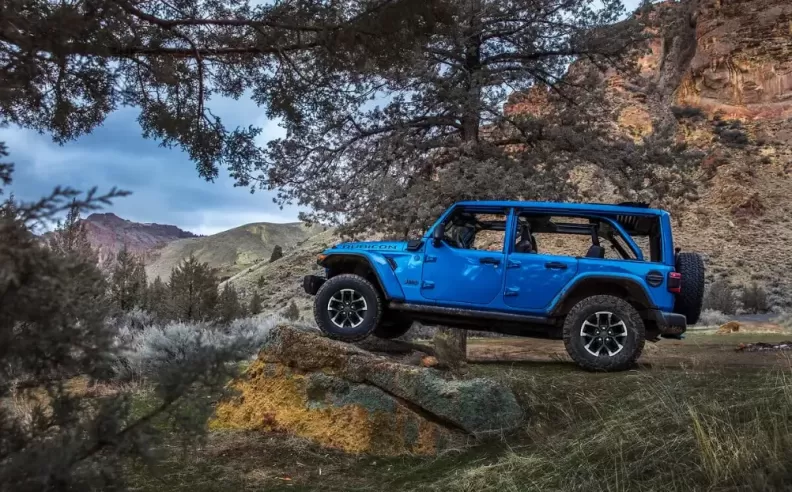
Driving conditions can change in an instant, whether due to sudden rain, icy roads, or rugged terrain. Having the right drivetrain can make all the difference in stability, traction, and control. All-wheel drive (AWD) and four-wheel drive (4WD) offer enhanced grip, but they serve different purposes. AWD is ideal for daily driving in mixed weather conditions, while 4WD is built for tackling extreme off-road adventures. Knowing how each system works and their advantages can help you choose the best option for your lifestyle.
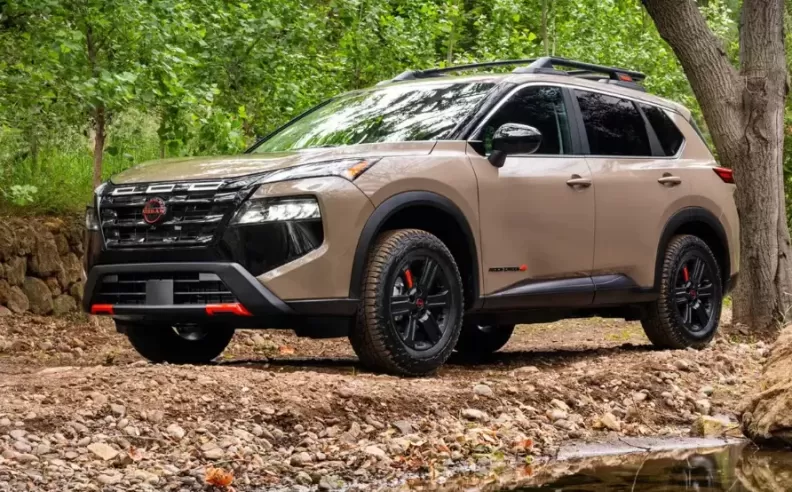
All-wheel drive (AWD) is an advanced system that automatically adjusts power distribution to all four wheels, improving stability on slippery roads. There are two main types: full-time AWD, which stays engaged constantly, and part-time AWD, which activates only when sensors detect wheel slippage.
Full-time AWD provides continuous grip, making it excellent for rain, snow, and mild off-road driving. Part-time AWD, common in sedans and crossovers, operates in two-wheel drive mode until extra traction is needed. The best part? AWD requires no driver input, making it a simple and effective solution for those who want added security without extra effort.
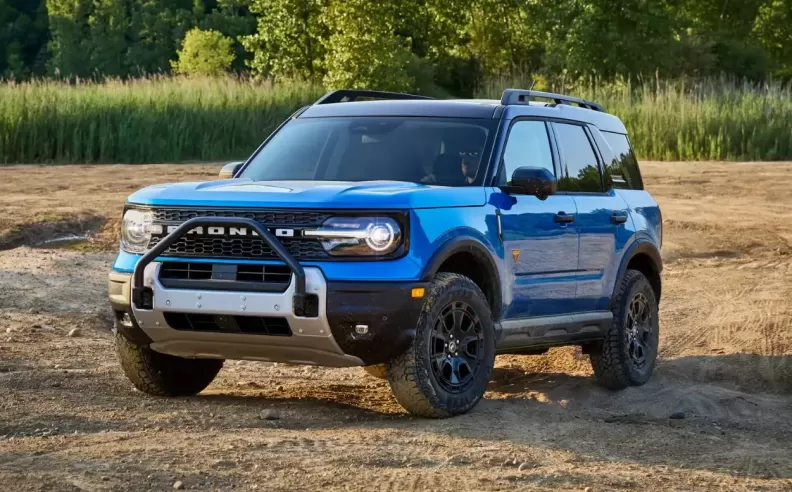
Four-wheel drive (4WD) is a manual engagement system designed for heavy-duty off-road performance. Unlike AWD, which is always active, 4WD operates in rear-wheel drive mode until the driver activates it.
High-range 4WD improves traction on loose surfaces like sand, gravel, or deep snow, while low-range 4WD delivers maximum torque for climbing rocky trails or navigating deep mud. Some modern trucks and SUVs also feature automatic 4WD, switching between modes as needed while maintaining fuel efficiency. If you're venturing off the beaten path, 4WD is the system you need.
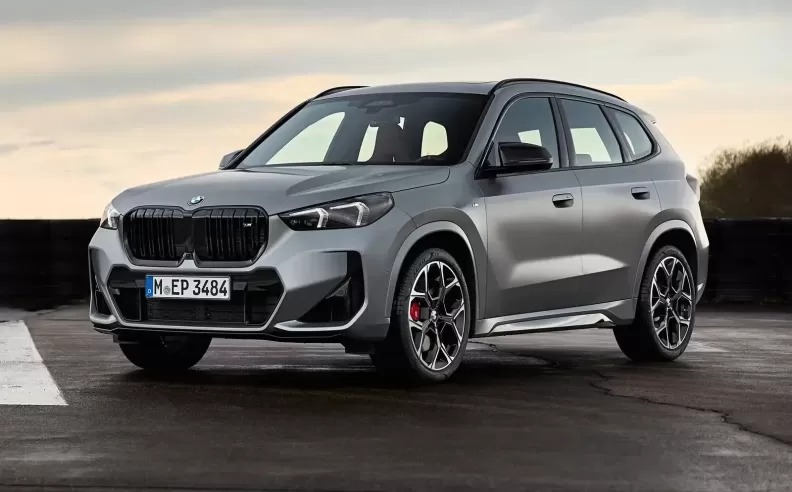
AWD is commonly found in crossovers, sedans, and electric vehicles, making it a practical choice for city driving. Brands like Subaru, Audi, and BMW offer AWD as a standard feature in many models, while electric vehicles like the Tesla Model Y use dual motors to mimic AWD functionality.
4WD, however, is reserved for rugged trucks and large SUVs built for serious off-road conditions. Vehicles like the Jeep Wrangler, Toyota Land Cruiser, and Ford Bronco come equipped with durable 4WD systems designed for challenging environments. If your lifestyle includes frequent off-roading, a 4WD vehicle is the better choice.
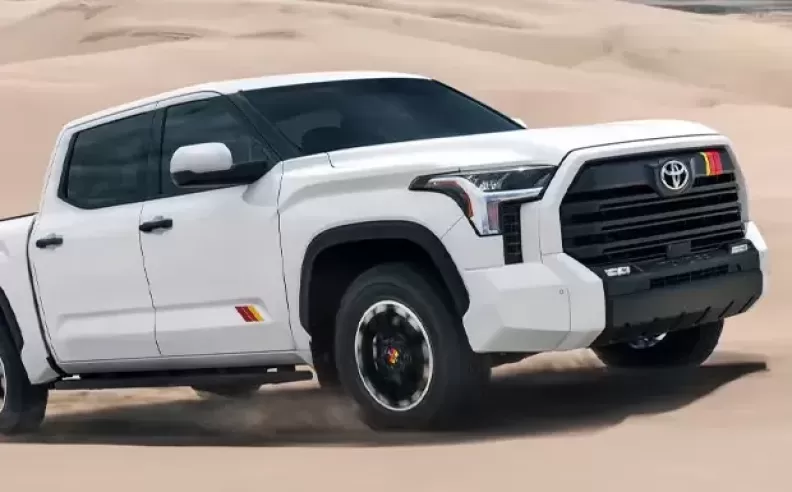
Finding the Right Balance Between Performance and Efficiency
Both AWD and 4WD offer increased traction, but they come with different trade-offs.
AWD Pros:
AWD Cons:
4WD Pros:
4WD Cons:

The choice between AWD and 4WD depends on how and where you drive. AWD is the best choice for those who drive on paved roads but want extra traction in rain, snow, or occasional off-road trails. Meanwhile, 4WD is essential for drivers who frequently explore rough terrain, tow heavy loads, or need the ultimate off-road capability.
If your driving routine consists of city commutes with occasional outdoor trips, AWD is the more practical option. However, if you regularly face rugged landscapes, steep inclines, or deep mud, 4WD is the better investment.

Started my career in Automotive Journalism in 2015. Even though I'm a pharmacist, hanging around cars all the time has created a passion for the automotive industry since day 1.

